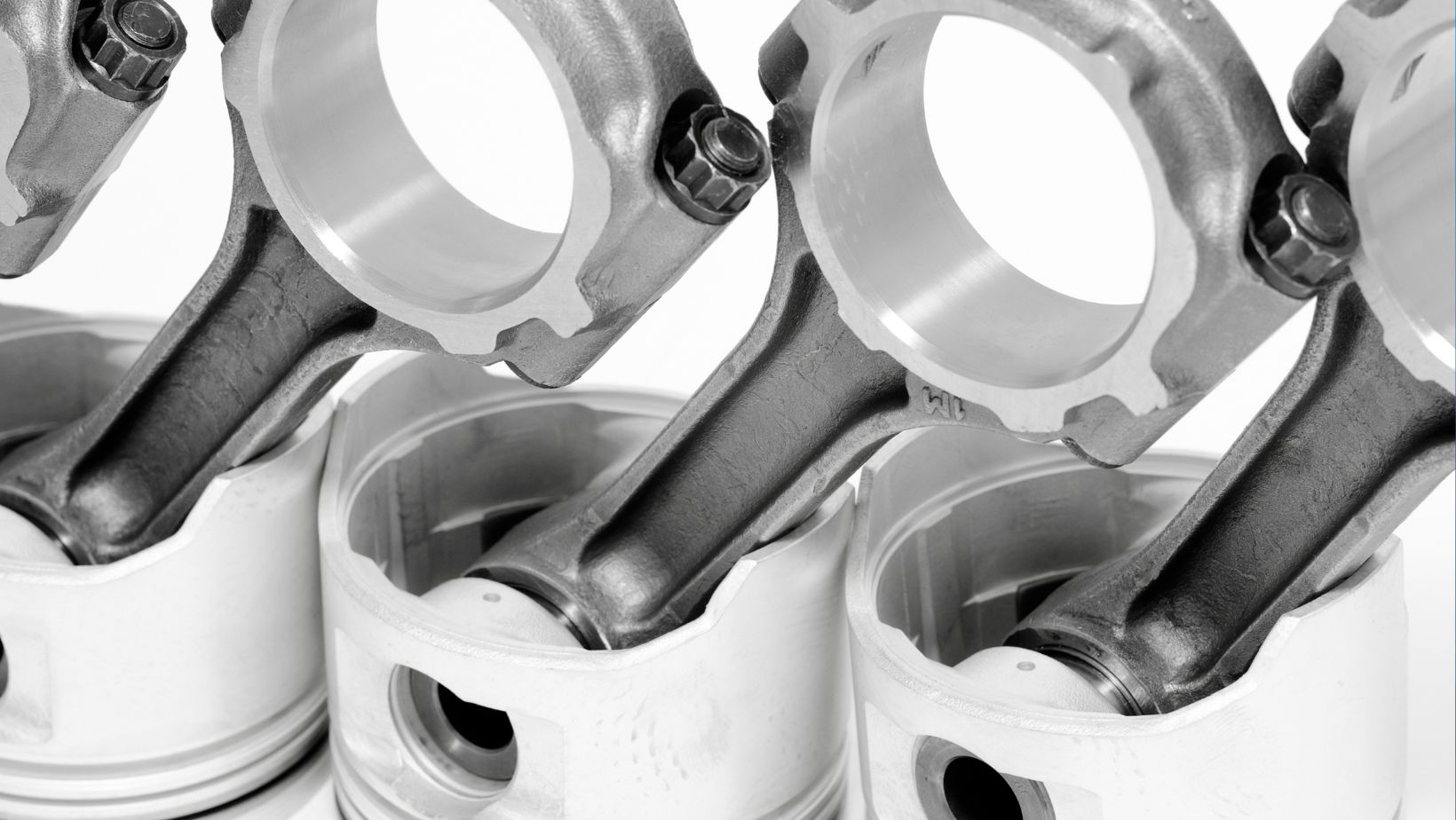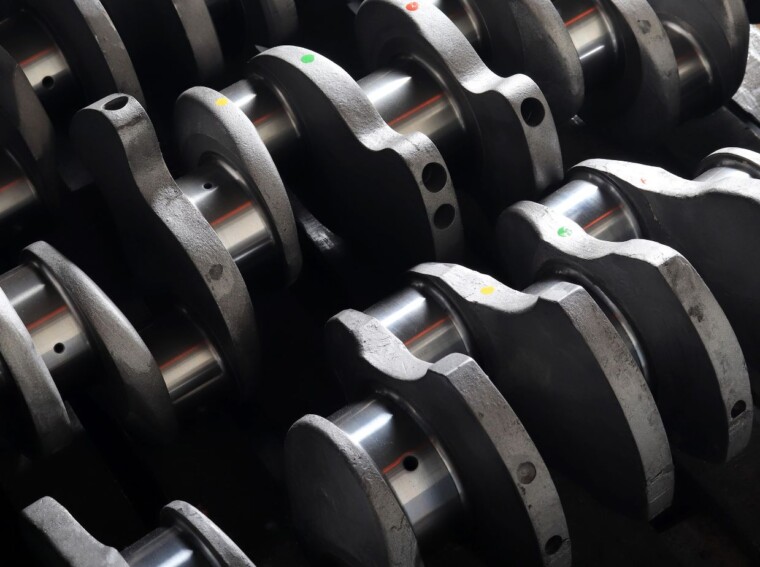What Would Not Cause Metal Transfer Between The Crankshaft Bearing Surface And The Connecting Rod
One key factor that would not typically cause metal transfer between the crankshaft bearing surface and the connecting rod is proper lubrication. Adequate lubrication plays a crucial role in reducing friction and preventing direct contact between these two components. When there is a sufficient layer of oil or lubricant present, it acts as a barrier, minimizing the chances of metal-to-metal contact and subsequent transfer.
Another factor that would not generally lead to metal transfer is appropriate assembly techniques. When a crankshaft bearing surface and connecting rod are properly assembled, ensuring correct clearances and precise torque specifications, it minimizes the risk of any excessive movement or misalignment that could result in metal-on-metal contact. Following manufacturer guidelines during assembly is vital for maintaining integrity and preventing unwanted metal transfer.
Causes of Metal Transfer Between The Crankshaft Bearing Surface And The Connecting Rod
When it comes to metal transfer between the crankshaft bearing surface and the connecting rod, there are several potential culprits that can be responsible. However, it’s important to also acknowledge what would NOT cause this issue. Let’s delve into some factors that would not lead to metal transfer in this crucial area of an engine:
- Proper Lubrication: Adequate lubrication plays a vital role in preventing metal transfer between the crankshaft bearing surface and the connecting rod. When there is sufficient oil flow and proper lubricant viscosity, it creates a protective barrier between these two components, reducing friction and minimizing the chances of metal transfer.
- High-Quality Materials: Using high-quality materials for both the crankshaft bearing surface and the connecting rod can help prevent metal transfer. Components made from durable alloys or treated with specialized coatings tend to have enhanced resistance against wear and tear, reducing the likelihood of metal particles transferring between them.
- Correct Assembly Techniques: Employing precise assembly techniques is crucial for avoiding metal transfer issues in this area. Ensuring accurate alignment during installation, proper torque values for bolts, and using appropriate fasteners are all essential steps to maintain integrity between the crankshaft bearing surface and connecting rod.
- Balanced Engine Operation: A well-balanced engine operation helps prevent excessive vibrations or uneven stresses on components such as the crankshaft bearing surface and connecting rod. Harmonic imbalances or misfires can increase wear rates, leading to potential metal transfer problems over time.
- Regular Maintenance Practices: Implementing regular maintenance practices such as oil changes at recommended intervals, inspecting for signs of wear or damage, and addressing any issues promptly can significantly reduce the risk of metal transfer occurring between these critical engine components.
By understanding what would not cause metal transfer between the crankshaft bearing surface and connecting rod while focusing on these preventive measures instead, you can ensure optimal performance and longevity of your engine. Remember to prioritize proper lubrication, high-quality materials, correct assembly techniques, balanced engine operation, and regular maintenance for a smooth-running system.

Lack of Lubrication as a Potential Cause
Insufficient or Inadequate Lubrication
One potential cause of metal transfer between the crankshaft bearing surface and the connecting rod is the lack of proper lubrication. When there is insufficient or inadequate lubrication, the metal surfaces come into direct contact with each other, leading to increased friction and wear.
Lubrication plays a crucial role in reducing friction between moving parts and preventing them from rubbing against each other. Without an adequate supply of lubricant, the crankshaft bearing surface and connecting rod can experience excessive heat buildup due to the increased friction. This heat can lead to thermal expansion, which further exacerbates the problem by causing more metal-to-metal contact.
Effects of High Friction And Heat
High levels of friction and heat resulting from a lack of lubrication can have detrimental effects on both the crankshaft bearing surface and connecting rod. The constant rubbing without proper lubrication causes wear on these components, leading to metal transfer between them.
The absence of a protective layer of oil or grease allows microscopic particles present on the surfaces to interact directly, resulting in abrasive wear. This wear leads to grooves or indentations forming on either component, facilitating metal transfer across their surfaces.
Impact of Contaminants in The Lubricant
In addition to insufficient lubrication itself, contaminants present in the lubricant can also contribute to metal transfer between the crankshaft bearing surface and connecting rod. These contaminants may include dirt, debris, metallic particles from previous component failures, or even degraded additives within the lubricating oil.
When contaminants mix with the lubricant, they act as abrasives that accelerate wear on both surfaces. They create scratches or gouges on either component’s surface while promoting adhesion between them. Consequently, this promotes further metal transfer during engine operation.
To prevent such issues caused by lack of lubrication as well as contamination-related problems, it is essential to adhere to regular maintenance schedules for lubricant changes and use high-quality lubricants that meet the manufacturer’s specifications. Proper lubrication ensures a protective barrier between the crankshaft bearing surface and connecting rod, reducing friction, wear, and the potential for metal transfer.
Overall, maintaining proper lubrication levels, using high-quality materials, implementing correct assembly techniques, and conducting regular maintenance checks are crucial steps towards preventing metal transfer between these critical engine components.

